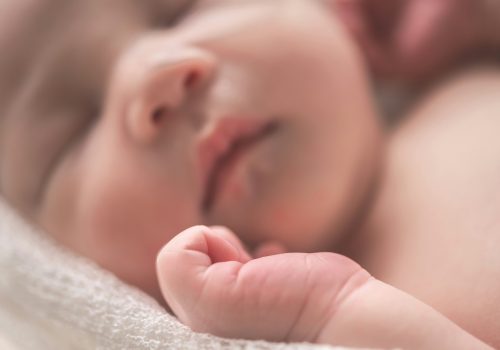For the first time, researchers in the laboratory have produced so-called blastoids – cell structures that resemble an early stage in embryonic development. Two research teams chose different approaches independently of each other: while one group reprogrammed human skin cells, the other used embryonic stem cells. The result in both cases: formations whose structure and function resemble human blastocysts, as they arise a few days after fertilization of the oocyte. Unlike blastocysts, however, embryos cannot grow from the artificially produced blastoids. Instead, they can be used as model systems for medical research.
At the beginning of pregnancy, the fusion of sperm and egg occurs. The fertilized egg then begins to divide and forms the so-called blastocyst after a few days. This consists of various embryonic cells, from which after implantation into the uterine mucosa of the embryo itself as well as the placenta, the boon cavity develop. Research on this early phase of human development has so far only been possible on blastocysts produced by artificial insemination and donated for research purposes. However, since the blastocysts could theoretically develop into a viable embryo, their investigation is ethically problematic and strictly regulated.
Blastocyst-like structures from skin cells
Two research teams have now independently developed an alternative: a team led by Xiaodong Liu of Monash University in Australia programmed human skin cells to return them to a stem cell stage. In a special culture medium, they then differentiated themselves into embryonic cells and formed a three-dimensional structure that is very close to a blastocyst. According to Liu and colleagues, these so-called iBlastoids (short for “induced blastoids”) have all the typical components that also have blastocysts: the cell types from which the embryo would arise in a blastocyst.
“However, iBlastoids are not completely identical to a blastocyst,” explains Liu’s colleague Jose Polo. For example, they lack the egg shell, which comes from the oocyte during normal fertilization and surrounds the early blastocyst. In addition, additional, unknown cell types were found in the blastoids that do not occur in blastocysts. And the different cell types from which embryo and placenta could theoretically emerge seemed to develop asynchronously. Human life could therefore not grow from the blastocysts.
No development to the embryo possible
At the same time as Liu and colleagues, researchers led by Leqian Yu of the University of Texas have published similar results. Instead of skin cells, Yu’s group used embryonic stem cells from which she bred structures she calls “human blastoids.” “These structures are similar to human blastocysts in terms of structure, size, cell count and composition,” the researchers report. “The blastoids are also genetically comparable to blastocysts.” But although the artificially produced entities share many properties with blastocysts before implantation into the uterus, they could not produce an embryo either.
That is precisely what makes them interesting for research. “Human blastoids are an easily accessible, scalable, and versatile alternative to blastocysts to study early human development, understand early pregnancy loss, and gain insight into early developmental defects,” Yu and colleagues write. Polo is also convinced: “iBlastoids will allow scientists to study the very early stages of human development and some of the causes of infertility, congenital diseases and the effects of toxins and viruses on early embryos – without the use of human blastocysts.” This could also drive the development of new therapies.
Ethical questions
Under current law, blastoids are not considered human embryos, so research on them is less regulated. While blastocysts can be cultivated for a maximum of 14 days, longer research on blastoids would also be possible. Nevertheless, both research teams stopped the growth of the blastoids after a few days in order to comply with the 14-day rule applicable to embryos. “Obviously, the authors wanted public approval of their work before they crossed that line,” said Martin Johnson, professor emeritus of reproductive sciences at the University of Cambridge. “So there is work to be done for scientists to explain both the limitations and the potential benefits of blastoid technology.”
In the case of the previous blastoids, a development into an embryo is excluded due to numerous limitations. However, the more they are optimized, the more similar they become to human blastocysts. “This will inevitably lead to bioethical issues,” Yi Zheng and Jianping Fu of the University of Michigan write in a commentary on the studies, published in the journal Nature. “For many people, research into human blastoids will be less ethically challenging than studying natural human blastocysts. Others, however, may see research on human blastoids as a way to engineer human embryos.” It is therefore important to have a public discussion about the scientific significance of this research, but also about the social and ethical issues involved.
Erica Delaney
An experienced nurse, Erica focuses on subjects related to pregnancy and infant health. She enjoys dancing and playing the piano in her free time.








